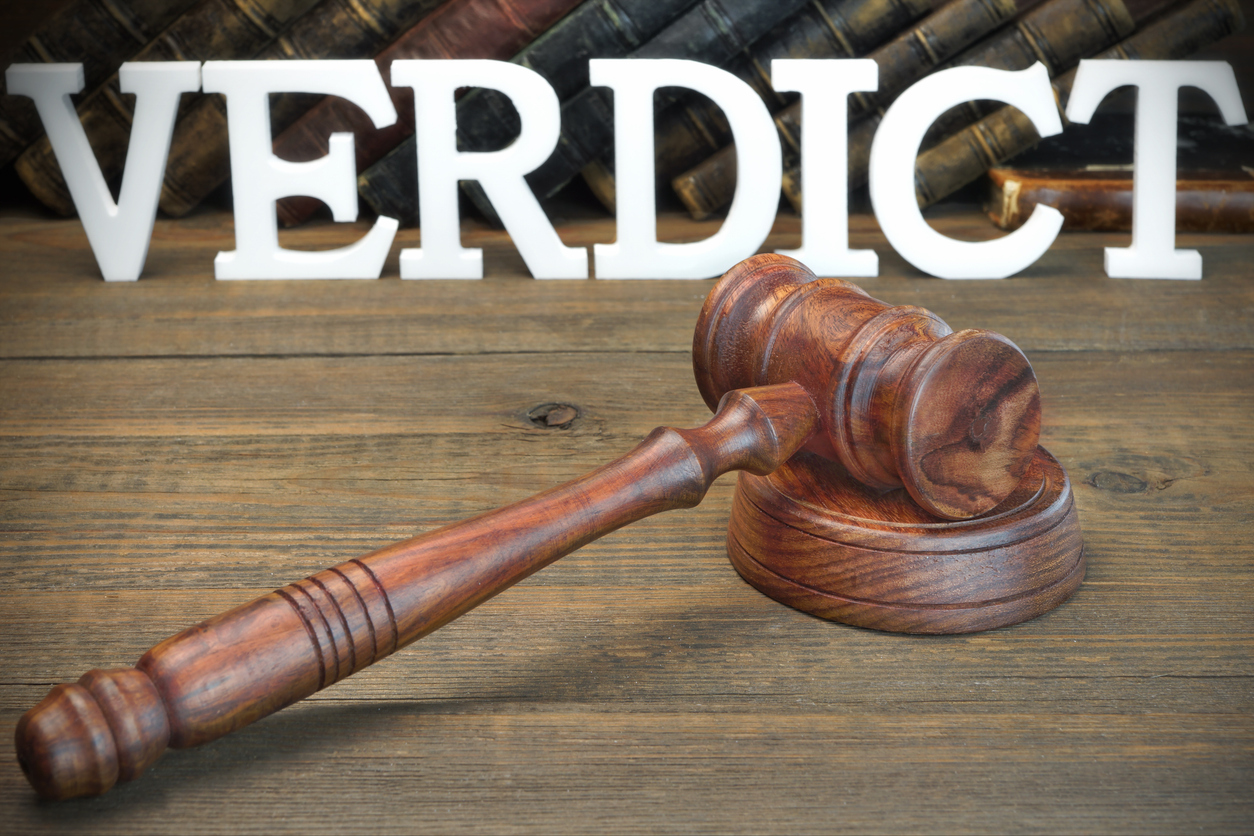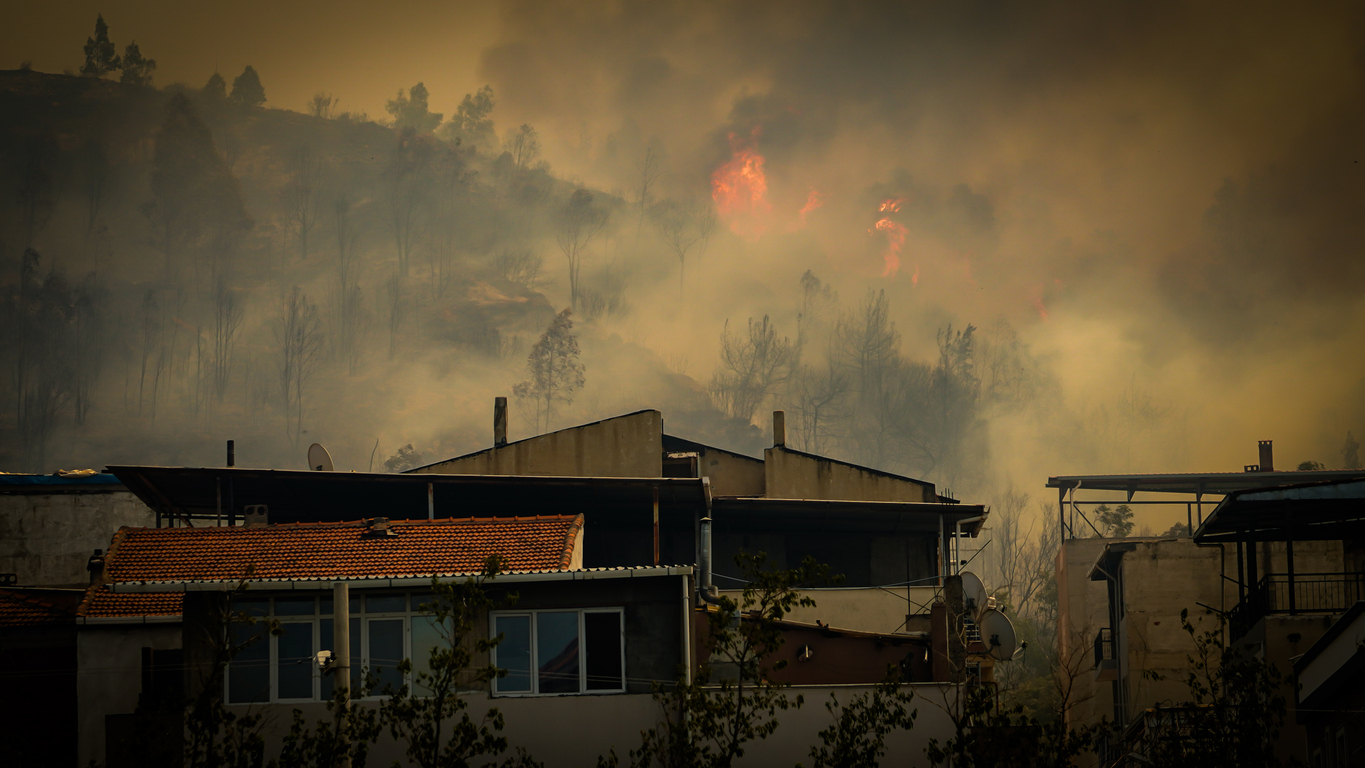Colorado follows the Broad Evidence Rule for the purposes of calculation of actual cash value.
The relevant case on this topic is Nebraska Drillers v. Westchester Fire Insurance Company.1 In this case, the insured commenced an action to recover for an alleged fire loss to quantities of supplies and equipment under a policy that provided that the measure of payment under the policy was the actual cash value of the property at the time of the loss and that the loss should be ascertained according to such actual cash value with proper deduction for depreciation.
The court discussed the application of the Broad Evidence Rule:2
What the cash value of property is can be ascertained or estimated from its reproduction value, with proper deduction for depreciation, by the terms of the policy itself, and under the authorities. However, it is often necessary to look to various factors in order to arrive at the ultimate fact. To ascertain a fire loss not only is the express evidence concerning original cost, replacement value and depreciation to be looked to, but the trier of the facts should call to his aid every other fact and circumstance which logically would tend to the formation of a correct estimate of the loss, including original cost, the cost of replacement, depreciation, the opinions of witnesses, declarations against interest and the uses to which the property might have been put. McAnarney v. Newark Fire Insurance Co., 247 N.Y. 176, 159 N.E. 902, 56 A.L.R. 1149.
In Colorado, the trier of fact should consider every fact and circumstance, including reproduction value and depreciation, which logically would lead to a correct estimate of the loss.
In my research of Colorado first-party property cases, I did not come across any case where overhead and profit was deducted from an actual cash value payment.
1 Nebraska Drillers, Inc. v. Westchester Fire Ins. Co., 123 F. Supp 678 (D. Colo. 1954).
2 Id. at 682.



